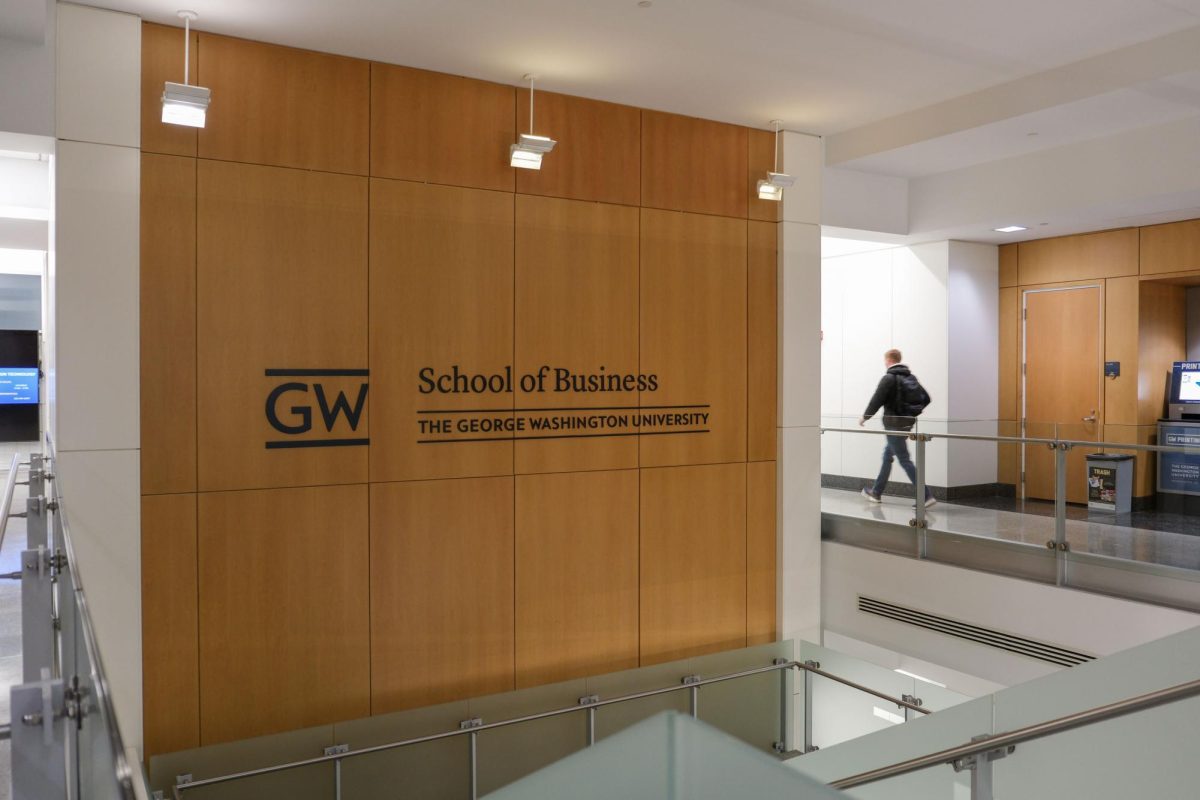This post was written by Senior Staff Writer Gabrielle Bluestone.
Amidst the economic turndown, industry crashes and recession fears, one thing has remained steady – the rise of the average grade point average at GW.
The average GPA for every fall semester for the last 15 years has increased—bring the mean GPA from a 2.98 in 1993 to a 3.25 in 2008, said Joachim Knop, the director for Institutional Research and Planning.
The average GPA was calculated by adding together all the course quality points and dividing them by the number of course credit hours earned. The incline has been gradual, averaging an increase of .02 of a point per year.
Though it is clear that on paper that GW students are doing better in school, the reasons behind the increase are a bit murkier. Donald Lehman, the Executive Vice President for Academic Affairs said that the grade jump was a combination of smarter students and grade inflation.
“Over the time span indicated, the academic quality of our matriculated students has improved as measured by SAT/ACT scores and high-school class standing,” Lehman said. “Confounded with this improvement is underlying grade inflation, which is a national issue. As a consequence, it is very difficult to separate these two confounded variables in such a way that we can reach a clear cut conclusion with respect to either.”
A recent study at the University of California – Irvine found that one third of the students that were surveyed thought that merely attending lectures deserved a B. The study also showed that teachers who face or fear facing constant pestering from students are more likely to inflate grades.
Sophomore Emily Bilger agrees that in her experience as a student, a B-grade has become a norm.
“I think it’s a combination of smarter students and grade inflation,” Bilger said. “I’ve been in classes where a B is a standard for just showing up and doing the reading.”
Lawrence Rothblat, a psychology professor, says that though he feels his grading policies are sound, grade inflation may play a role in the overall increase over time.
“I don’t have any standard distribution that I try and match the grades to. I have a pretty good sense of what an A performance is and what a B performance is. It has a lot to do with exam performance,” Rothblat said. “There have always been good students at GW. I think there are more of the good students now.”
The average GPA is culled from all the undergraduate schools, ignoring variations between colleges. Freshman Mike Taylor says that grade inflation is pretty difficult in the classes he’s been taking – most of his grades in his courses in the School of Engineering and Applied Sciences are based wholly on tests. Because many of the tests are multiple choice, there’s not a lot room for subjective grading. Most of his courses don’t take attendance, so test day decides the class grades.
“With tests like that, you’re either right or you’re wrong. Numbers don’t lie,” Taylor said. “The average GPA has increased because there’s a more competitive student body than in the past.”




